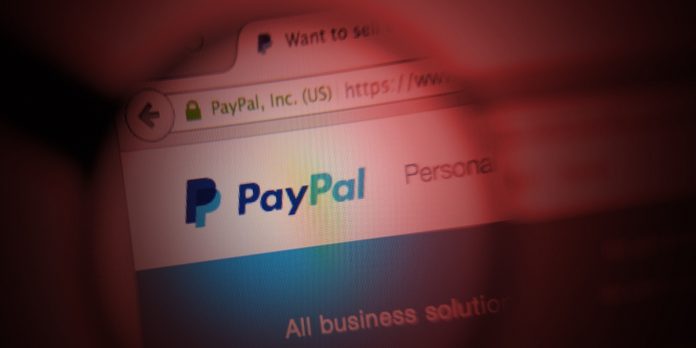PayPal is one the most common payment options for a large majority of eCommerce stores, dropshipping companies and merchants to deal with the large influx and intricacies of online payments.
But Paypal’s low friction and ease of use has fallen victim to millions of fraudulent behaviours because of popular checkout options.
In this article, we’d like to share some of the most common tricks fraudsters have up their sleeves and how to prevent them.
Using Fake Shipping Addresses
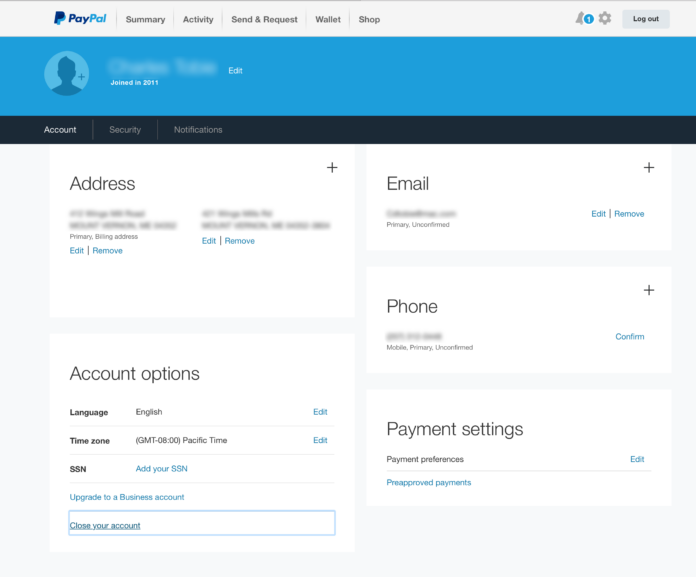
Through a payment process happening online fraudsters can take advantage of several loopholes to extract payment. With shipping, the procedure happens like this. When money is moved from someone’s PayPal account, the fraudster will try to convince that person to ship their purchased item to a different address. Why? Because it won’t be picked up because the address has been moved to a fake destination.
With a different placement, the shipping company, despite their best attempts, won’t be able to make their deliveries. So what do they do? They will naturally flag the item as “undeliverable.” The fraudster then makes his next move. He will try to get in touch with someone from the shipping company and give them a completely new address where he can pick up their order himself.
In many cases an unaware seller will bear no proof of tracking this because of their invalid address.
The problem is simple. Usually shipments that are sent to addresses that aren’t on PayPal’s Seller Protection records will not be covered. A fraudster can take advantage of this, where their victim loses both their item, and in the worst case scenario, their payment funds.
Fake Email Outreach
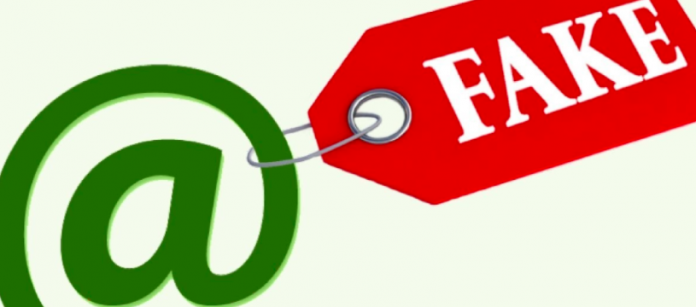
One of the most popular ways of fraud is sending fake emails to random accounts that appear to be from PayPal. They send out hundreds, even thousands at a time to emails they’ve acquired from somewhere.
Think of email farms, where you have a bunch of people in a tight dark room, with their hoodies on. Their aim is to collect as many emails as possible and start sending out thousands of fake emails. What do these emails contain?
They either threaten, convince and inform the recipient of money that has already been deposited into the seller’s account and that PayPal has placed a hold on it.
What is happening in this scenario is this. The fraudster wants to receive a small percentage from the seller (if unaware) will ship and share the tracking number. Once the seller ships the item the fraudster receives it, and the seller will eventually come to realize that PayPal was never holding money from them.
This is unfortunately too late!
Phishing Email Addresses
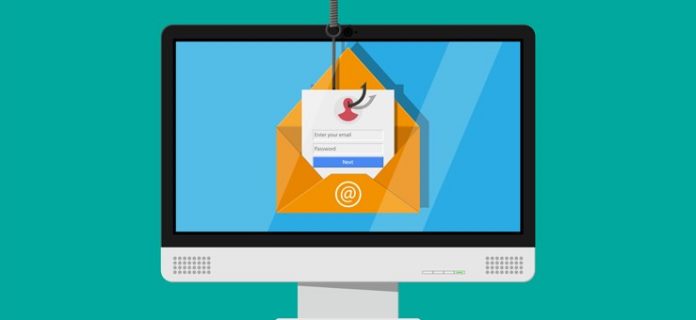
This is perhaps the most common way of defrauding someone and I’m certain many have already encountered this issue at some point in their life.
The procedure goes something like this. This is done usually by individuals or small groups of fraudsters who start spamming eCommerce or dropshipping companies with an automated email system that tries to trick them into thinking it came from PayPal. These fake and automated emails in the thousands through email farms collect as many emails as possible from hackers or unsolicited websites. When the fraudsters are reaching out, their emails describe a sort of fund that has been transferred into their account that is only there because its pending confirmation or authorization. Normally they will add a link to click, which can redirect them to a different payment site.
These sites can be fake Paypal site with a lot of spam score or low domain ranking, where a seller’s login credentials will be asked. Once they enter their email and password into the fake site, they are caught on the hook.
Now you might be wondering, how do these people get our emails in the first place? Our data usually leaks out or gets hacked through big corporations or websites we sign up to. Imagine Facebook or Shopify getting its walls breached and all its users data exposed. (It did happen at some point.)
The hackers can access thousands, even millions of emails and sell them to these fraudsters who can start phishing.
Overpayment and Chargeback Schemes
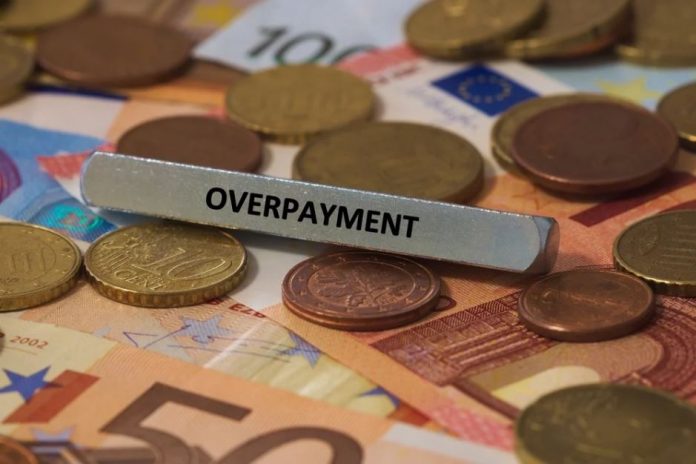
In most cases, when there is an overpayment, you have to give that back to the recipient. But what if someone fakes a payment and demands it back. Let’s say you are a seller, selling a virtual product for $100 and someone convinces you that they’ve ordered 1 object, but paid for 2, making it $200 by accident or an error. You’d feel obliged to pay 100 back, since you have a reputation to keep and want happy and loyal customers.
Fraudsters love using these tricks to make a payment or subscription that exceeds the cost of the item or service they are purchasing. They will contact the unaware seller, explaining that they have overpaid and want to be reimbursed.
Now, most sellers or merchants are aware of this fact and won’t make a mistake of sending money just because some random stranger demands it without a receipt or some proof of purchase. But a few people do fall into this trap. And this is where Paypal’s aforementioned loopholes come into play.
When a seller sends the overpaid amount back, he can make a complaint to PayPal. They will state that their account got compromised and claim never to have sent anything.
Now let’s have a look at several ways to prevent them from happening
Fraud detection is used in many industries across the world. But in the world of eCommerce, identity theft or impersonation with different fake stories of an accident for example, are made up with the sole intent for getting a payout.
There are several steps account users can take to ensure Paypal fraud prevention.
- When it comes to suspicious emails that demand chargebacks or dispute settlements, simply block them. Why? Because if you become easy prey, multiple fraudsters will take advantage of you and target the same seller several times.
- Not all fraud is done intentionally. There could be mistakes coming from a buyer’s end, more common known as “friendly fraud.” This usually happens because of impatience or simple mistakes. The best way to prevent friendly fraud is by sticking to signature confirmations upon delivery.
There are other ways of detecting these red flags. If you are a merchant or running a business, it is advisable to use various fraud prevention and detection tools in order to monitor your sales. Scammers and fraudsters can become the hyenas of the internet when looking for an easy and gullible prey to steal from. This is why companies like SEON, can help online businesses use various fraud prevention and detection tools to prevent them from happening.
Conclusion

Because of Paypal’s dominance in eCommerce’s payment system, we have to be careful who we share our data with. Fraudsters and scammers have plenty of tricks up their sleeves to utilize Paypal’s low friction and ease of use to their advantage. It’s in every online businesses’ or merchant’s interest to take careful measures when it comes to Paypal.
